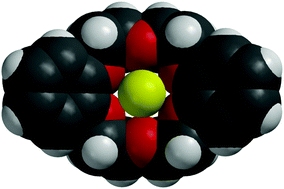Charles J. Pedersen's legacy to chemistry
Abstract
The serendipitous discovery in 1961 of dibenzo-18-crown-6 by Charles J. Pedersen marked the beginning of research on cyclic polyether macrocyclic compounds. These compounds have a remarkably selective affinity for certain metal ions and provide a framework for studying molecular recognition processes. Pedersen's work excited much interest in the scientific community and fueled important advances in macrocyclic and supramolecular chemistry. Born in Korea of a Japanese mother and a Norwegian engineer father, he was educated in Japan and later graduated from the University of Dayton (BS, chemical engineering) and Massachusetts Institute of Technology (MS, chemistry). He worked at du Pont for 42 years as a research chemist. His research talent at du Pont earned him an appointment as a Research Associate allowing him to pursue research as he chose. This freedom served him well making it possible for him to devote all his efforts following his discovery of dibenzo-18-crown-6 until his retirement to synthesis of cyclic polyethers and evaluation of their metal ion complexation properties. His influence on macrocyclic and supramolecular chemistry has been pervasive. He was co-recipient of the 1987 Nobel Prize in chemistry for development and use of molecules with structure-specific interactions of high selectivity. The year 2017 marks the fiftieth anniversary of the publication of his first paper describing his synthesis of over 50 crown ethers.

- This article is part of the themed collection: Supramolecular chemistry anniversary


 Please wait while we load your content...
Please wait while we load your content...